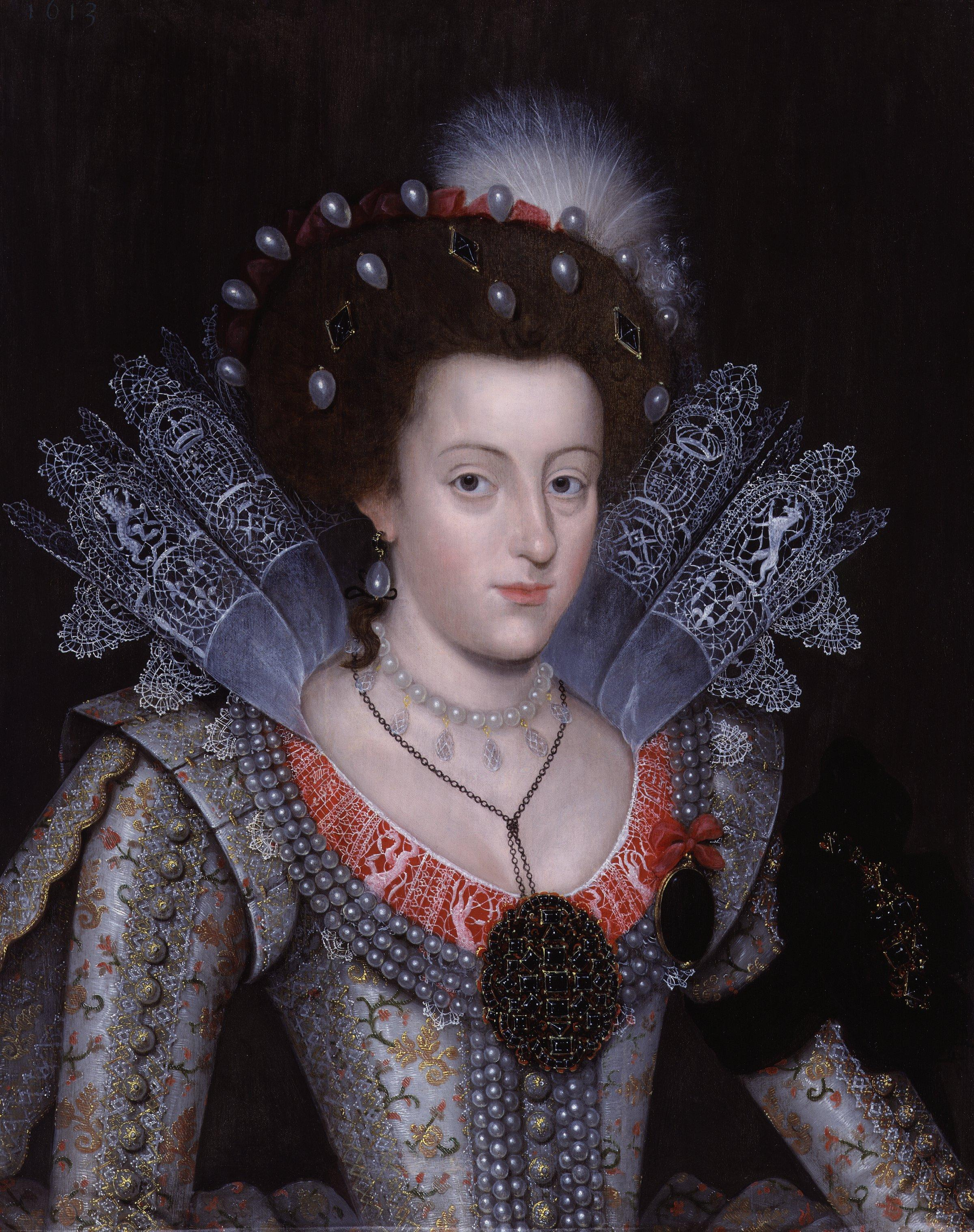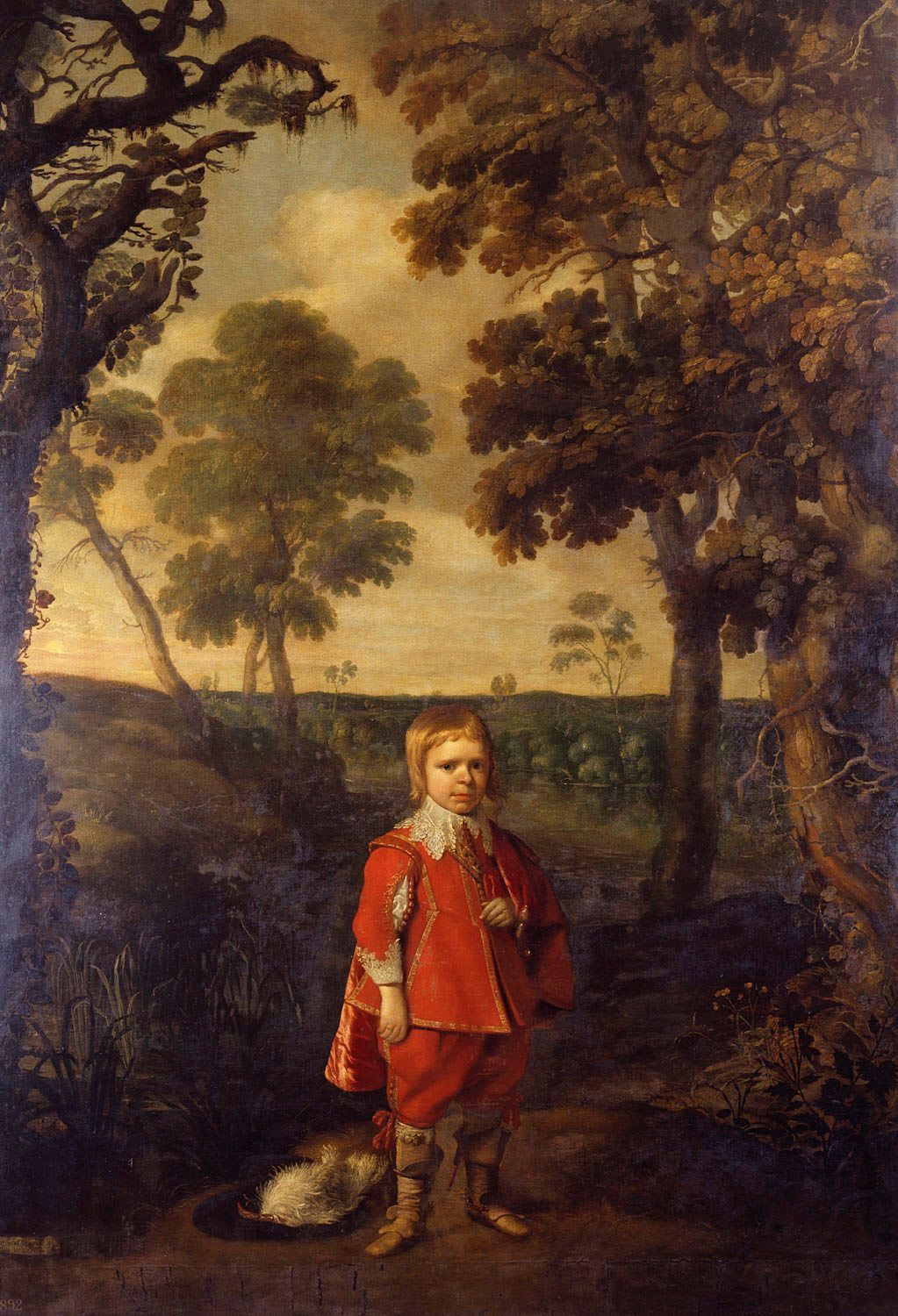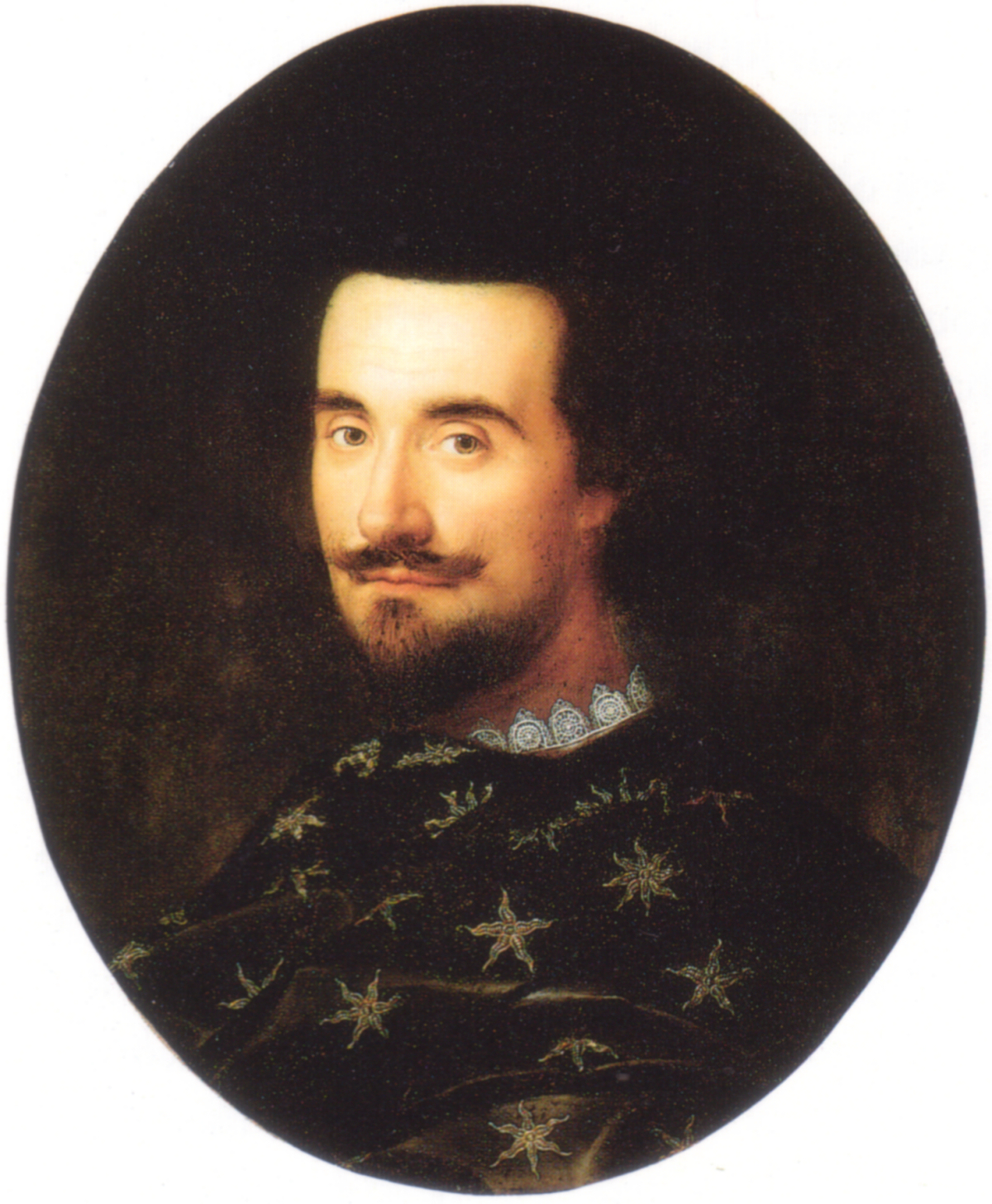|
Benjamin Henshawe
Benjamin Henshawe (1585–1631) was a London merchant tailor and silkman who supplied fabrics and passementerie for costume and furnishings for the royal court. His widow, Anna Henshawe, continued in business with William Geere. Background He was a son of Thomas Henshawe (died 1611), silkman of Milk Street, London, and his wife, Flower Gouldesborough Henshawe, a sister of Godfrey Goldsborough, Bishop of Gloucester. His sister Flower Henshaw married John Backhouse in 1615. His mother, Flower Henshawe, died intestate in March 1616. Thomas Henshawe sold lace, silk, ribbons, and fringes to Anne Sidney, the wife of William Fitzwilliam, in 1588. He supplied fabrics to Anne of Denmark. In 1606 he received payments for his bill of £4,967 from the Queen's vice-chamberlain, George Carew, and he supplied fabrics for '' The Masque of Beauty'', ''The Masque of Queens'', and ''Tethys' Festival''. Thomas Henshawe was an "incorporator" of the East India Company in 1609. Silkmen typically ... [...More Info...] [...Related Items...] OR: [Wikipedia] [Google] [Baidu] |
Worshipful Company Of Merchant Taylors
] The Worshipful Company of Merchant Taylors is one of the 110 Livery company, livery companies of the City of London. The Company, originally known as the ''Guild and Fraternity of St John the Baptist in the City of London'', was founded prior to 1300, first incorporated under a Royal Charter in 1327, confirmed by later charters in 1408, 1503 and 1719. Its seat is the Merchant Taylors' Hall between Threadneedle Street and Cornhill, a site it has occupied since at least 1347. The Company's motto is ''Concordia Parvae Res Crescunt'', from the Roman historian Sallust meaning ''In Harmony Small Things Grow''. History The Company was at first an association of tailors. By the end of the 17th century, its connection with the tailoring trade had virtually ceased and it became what it is today, a philanthropic and social association – albeit that it has recently rekindled its links with Savile Row and is the principal sponsor and organiser of the prestigious biannual "Golden She ... [...More Info...] [...Related Items...] OR: [Wikipedia] [Google] [Baidu] |
Wedding Of Princess Elizabeth And Frederick V Of The Palatinate
The wedding of Princess Elizabeth (1596–1662), daughter of James VI and I, and Frederick V of the Palatinate (1596–1632) was celebrated in London in February 1613. There were fireworks, masques (small, choreography-based plays), tournaments, and a mock-sea battle or naumachia. Preparations involved the construction of a "Marriage room", a hall adjacent to the 1607 Banqueting House at Whitehall Palace. The events were described in various contemporary pamphlets and letters. Arrival of the Count Palatine Frederick arrived at Gravesend on 16 October 1612. He was met by Lewes Lewknor, the master of ceremonies, and he decided to come to London by river. The Duke of Lennox brought him to the water gate of Whitehall Palace where he met Prince Charles, known as the Duke of York. He went into the newly built Banqueting Hall (or rather a new adjacent hall, the banqueting house had been built in 1607) to meet King James. They spoke in French, as it seems Elizabeth did not spea ... [...More Info...] [...Related Items...] OR: [Wikipedia] [Google] [Baidu] |
Ralph Winterton
Ralph Winterton (1600–1636) was an English physician, academic and humanist. At the end of his life he became the Cambridge Regius Professor of Physic. Life The son of Francis Winterton, he was born at Lutterworth, Leicestershire. He was sent to Eton College, and on 3 June 1617 was elected scholar of King's College, Cambridge, where he became a fellow on 3 June 1620. He matriculated in the university on 5 July 1617, graduated B.A. 1620, M.A. 1624. Suffering from sleeplessness and melancholia, he consulted the Regius Professor of Physic, Dr. John Collins, who advised him to give up mathematics, at which he was then working, and to study medicine, advice Winterton followed. In 1625 Winterton was a candidate for the professorship of Greek, when Robert Creighton, who had for some time been deputy, was elected. Winterton then petitioned the visitor of King's College in May 1629, and on 20 August was formally diverted to the study of physic, which he had already pursued for four ye ... [...More Info...] [...Related Items...] OR: [Wikipedia] [Google] [Baidu] |
Johann Gerhard
Johannes Gerhard (17 October 1582 – 17 August 1637) was a Lutheran church leader and Lutheran Scholastic theologian during the period of Orthodoxy. Biography He was born in the German city of Quedlinburg. During a dangerous illness, at the age of fourteen he came under the personal influence of Johann Arndt, author of ''Das wahre Christenthum'', and resolved to study for the church. He entered the University of Wittenberg in 1599, and studied philosophy and theology. A relative then persuaded him to change his subject, and he studied medicine for two years. In 1603, he resumed his theological reading at Jena, and in the following year received a new impulse from J.W. Winckelmann and Balthasar Mentzer at Marburg. He graduated in 1605 and began to give lectures at Jena, then in 1606 he accepted the invitation of John Casimir, Duke of Coburg, to the superintendency of Heldburg and mastership of the gymnasium Casimirianum Coburg; soon afterwards he became general superint ... [...More Info...] [...Related Items...] OR: [Wikipedia] [Google] [Baidu] |
Chloridia
''Chloridia: Rites to Chloris and Her Nymphs'' was the final masque that Ben Jonson wrote for the Stuart Court. It was performed at Shrovetide, 22 February 1631, with costumes, sets and stage effects designed by Inigo Jones. The masque ''Chloridia'' was the second of a duet of 1631 royal masques, the first being '' Love's Triumph Through Callipolis,'' which had been staged six weeks earlier, on 9 January. In the first work, King Charles I danced; in the second, Queen Henrietta Maria starred with her ladies in waiting. Both masques dealt with the theme of Platonic love, a concept dear to the Queen's heart. ''Chloridia'' depends on rich imagery of nature, greenery, and the seasons, with figures like Zephyrus, Juno, and Iris, along with naiads and personifications of "Poesy, History, Architecture, and Sculpture." The anti-masque features dwarfs and macabre figures emerged from Hell; one of the dancers was the dwarf Jeffrey Hudson, the Queen's page and jester. The masque was as rich ... [...More Info...] [...Related Items...] OR: [Wikipedia] [Google] [Baidu] |
Jeffrey Hudson
Jeffrey Hudson (1619 – ''circa'' 1682) was a court dwarf of the English queen Henrietta Maria of France. He was famous as the "Queen's dwarf" and "Lord Minimus", and was considered one of the "wonders of the age" because of his extreme but well-proportioned smallness. He fought with the Royalists in the English Civil War and fled with the Queen to France but was expelled from her court when he killed a man in a duel. He was captured by Barbary pirates and spent 25 years as a slave in North Africa before being ransomed back to England. Early life and rise to prominence Hudson was baptised in Oakham in Rutland on 14 June 1619. His parents, three brothers, and a half-sister were all of typical size. Hudson's father John was keeper of the baiting bulls for George Villiers, Duke of Buckingham. Hudson's marvellous smallness and normal proportions became apparent in early childhood. Various theories existed for his size, including that his mother choked on a gherkin while pregna ... [...More Info...] [...Related Items...] OR: [Wikipedia] [Google] [Baidu] |
Henrietta Maria
Henrietta Maria (french: link=no, Henriette Marie; 25 November 1609 – 10 September 1669) was Queen of England, Scotland, and Ireland from her marriage to King Charles I on 13 June 1625 until Charles was executed on 30 January 1649. She was mother of his sons Charles II and James II and VII. Contemporaneously, by a decree of her husband, she was known in England as Queen Mary, but she did not like this name and signed her letters "Henriette R" or "Henriette Marie R" (the "R" standing for ''regina'', Latin for "queen".) Henrietta Maria's Roman Catholicism made her unpopular in England, and also prohibited her from being crowned in a Church of England service; therefore, she never had a coronation. She immersed herself in national affairs as civil war loomed, and in 1644, following the birth of her youngest daughter, Henrietta, during the height of the First English Civil War, was compelled to seek refuge in France. The execution of Charles I in 1649 left her impoverished. S ... [...More Info...] [...Related Items...] OR: [Wikipedia] [Google] [Baidu] |
Honourable Artillery Company
The Honourable Artillery Company (HAC) is a reserve regiment in the British Army. Incorporated by royal charter in 1537 by King Henry VIII, it is the oldest regiment in the British Army and is considered the second-oldest military unit in the world. Today, it is also a charity whose purpose is to attend to the "better defence of the realm", primarily through supporting the HAC regiment and a detachment of City of London Special Constabulary. The word "artillery" in "Honourable Artillery Company" does not have the current meaning that is generally associated with it, but dates from a time when in the English language that word meant any projectile, including for example arrows shot from a bow. The equivalent form of words in modern English would be either "Honourable Infantry Company" or "Honourable Military Company". In the 17th century, its members played a significant part in the formation of both the Royal Marines and the Grenadier Guards. More recently, regiments, battalions ... [...More Info...] [...Related Items...] OR: [Wikipedia] [Google] [Baidu] |
Ralph Grynder
Ralph Grynder or Grinder (died 1654) was a London-based furniture maker and upholsterer who worked for Charles I of England and Henrietta Maria. He bought and sold art treasures from the Royal Collection in 1651. Career Grynder was an apprentice of the Draper's Company in 1605. Later, he lived and worked at the sign of the Lion in the Poultry, London. Possibly, Grynder was a Catholic. Upholsterers supplied new furniture to aristocrat's houses and were the major figures in interior decoration. Grynder and other tradesmen were questioned in the Court of Chancery about the possessions of William Cecil, 16th Baron Ros in 1617. He worked with the silkman Benjamin Henshawe in the 1620s, making beds, couches, chairs, and cushions. When Henrietta Maria came to England in 1625 as the bride of Charles I of England, Charles I, she was accompanied by the Claude, Duke of Chevreuse, Duke and Marie de Rohan, Duchess of Chevreuse. Their lodgings were furnished with pieces hired from Grynder. Gry ... [...More Info...] [...Related Items...] OR: [Wikipedia] [Google] [Baidu] |
Edward Herbert, 1st Baron Herbert Of Cherbury
Edward Herbert, 1st Baron Herbert of Cherbury (or Chirbury) KB (3 March 1583 – 5 August 1648) was an English soldier, diplomat, historian, poet and religious philosopher of the Kingdom of England. Life Early life Edward Herbert was the eldest son of Richard Herbert of Montgomery Castle (a member of a collateral branch of the family of the Earls of Pembroke) and of Magdalen, daughter of Sir Richard Newport, and brother of the poet George Herbert. He was born within England at Eyton-on-Severn near Wroxeter, Shropshire. After private tuition, he matriculated at University College, Oxford, as a gentleman commoner, in May 1596. On 28 February 1599, at the age of 15, he married his cousin Mary, then aged 21, ("notwithstanding the disparity of years betwixt us"), who was daughter and heiress of Sir William Herbert (d. 1593). He returned to Oxford with his wife and mother, continued his studies, and learned French, Italian and Spanish, as well as music, riding and ... [...More Info...] [...Related Items...] OR: [Wikipedia] [Google] [Baidu] |
Worshipful Company Of Clothworkers
The Worshipful Company of Clothworkers was incorporated by Royal Charter in 1528, formed by the amalgamation of its two predecessor companies, the Fullers (incorporated 1480) and the Shearmen (incorporated 1508). It succeeded to the position of the Shearmen's Company and thus ranks twelfth in the order of precedence of Livery Companies of the City of London. The original craft of the Clothworkers was the finishing of woven woollen cloth: fulling it to mat the fibres and remove the grease, drying it on tenter frames raising the nap with teasels (Dipsacus) and shearing it to a uniform finish. The Ordinances of The Clothworkers' Company, first issued in 1532 and signed by Sir Thomas More, sought to regulate clothworking, to maintain standards and to protect approved practices. From the later Middle Ages, cloth production gradually moved away from London, a situation exacerbated by the Great Fire of London and the Industrial Revolution of the 18th and 19th centuries. The charitabl ... [...More Info...] [...Related Items...] OR: [Wikipedia] [Google] [Baidu] |
Baptist Hicks, 1st Viscount Campden
Baptist Hicks, 1st Viscount Campden (1551 – 18 October 1629) was an English cloth merchant and politician who sat in the House of Commons between 1621 and 1628. King James I knighted Hicks in 1603 and in 1620 he was created a baronet. He was MP for Tavistock in the House of Commons of 1621 and for Tewkesbury in the parliaments of 1624, 1625, 1626 and 1628. In 1628, he was elevated to the peerage as Baron Hicks, of Ilmington in the County of Warwick, and Viscount Campden, of Campden in the County of Gloucester, with remainder to his son-in-law, Edward Noel, husband of his daughter Juliana. Early life Hicks was the youngest of six sons born to Robert and Juliana Hicks, and the grandson of John Hicks of Tortworth. His father died while Baptist was only a child. His mother was a moneylender and he was one of three sons who survived childhood. The others were Clement and Michael Hickes. Baptist Hicks matriculated at Trinity College, Cambridge, in 1568 and was admitted ... [...More Info...] [...Related Items...] OR: [Wikipedia] [Google] [Baidu] |






